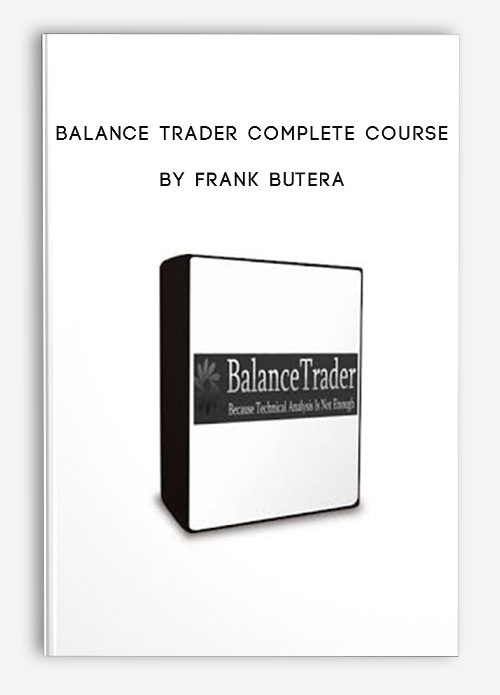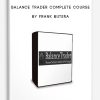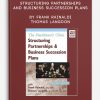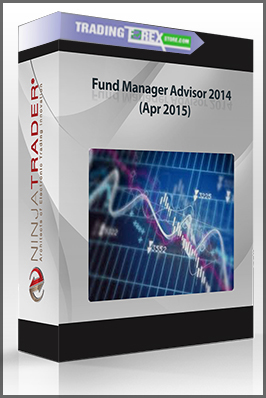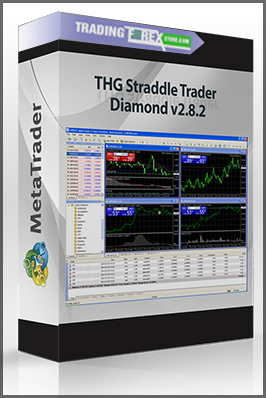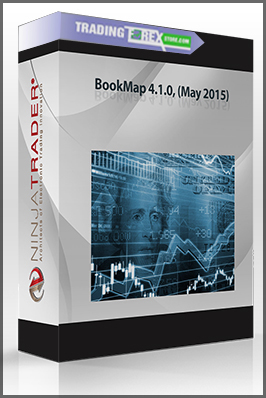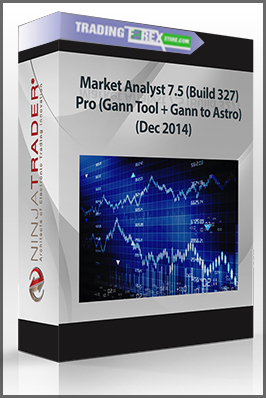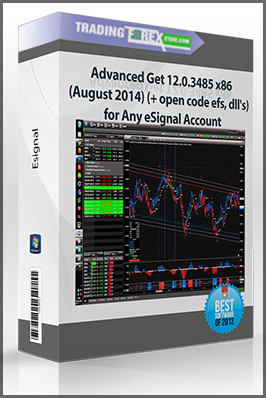Balance Trader Complete Course by Frank Butera
$35.00
Product Include:
File size:
- Description
Description
Balance Trader Complete Course by Frank Butera
**More information:
Get Balance Trader Complete Course by Frank Butera at bestoftrader.com
Product Description
Introduction – We go over the basics of how the course is constructed and what is required to get the most out of it.
Lesson 1 – Cluster Theory I – Introduction to using auction theory to identify balance cycles, support and resistance levels and trend definition.
Lesson 2 – Cluster Theory II – How price reacts at key reference levels. Failure rejection, pass-through rejection and level acceptance.
Lesson 3 – Cluster Theory III – Important relationships derived on Cluster Theory, which will provide the foundations for our most basic, high probability trading strategies.
Lesson 4 – Basic Trade Setups I – The Bread & Butter, Edge, and Double Pass-Through trade setups.
Lesson 5 – Basic Trade Setups II – This topic continued.
Lesson 6 – Basic Trade Setups III – This topic continued.
Lesson 7 – Dropping Timeframe – Applying cluster theory and basic trade setups on shorter, intra-day bar charts.
Lesson 8 – The Big Picture Time Frame – Identify powerful breakouts and extremely high risk / reward counter-trend trades.
Lesson 9 – Globex Highs & Lows – Effective pattern based on overnight activity. This is great for people that only want to trade the first hour or two.
Lesson 10 – Initial Balance / Buying & Selling Tails – Set the tone for the day. How the first hour of the day dictates the entire day and what this means to the day trader.
Lesson 11 – Institutional Activity – Are they buying, selling, long or short? How to answer these questions using the profile and, most importantly, how to use it to create your directional bias for the day.
Forex Trading – Foreign Exchange Course
You want to learn about Forex?
Foreign exchange, or forex, is the conversion of one country’s currency into another.
In a free economy, a country’s currency is valued according to the laws of supply and demand.
In other words, a currency’s value can be pegged to another country’s currency, such as the U.S. dollar, or even to a basket of currencies.
A country’s currency value may also be set by the country’s government.
However, most countries float their currencies freely against those of other countries, which keeps them in constant fluctuation.

